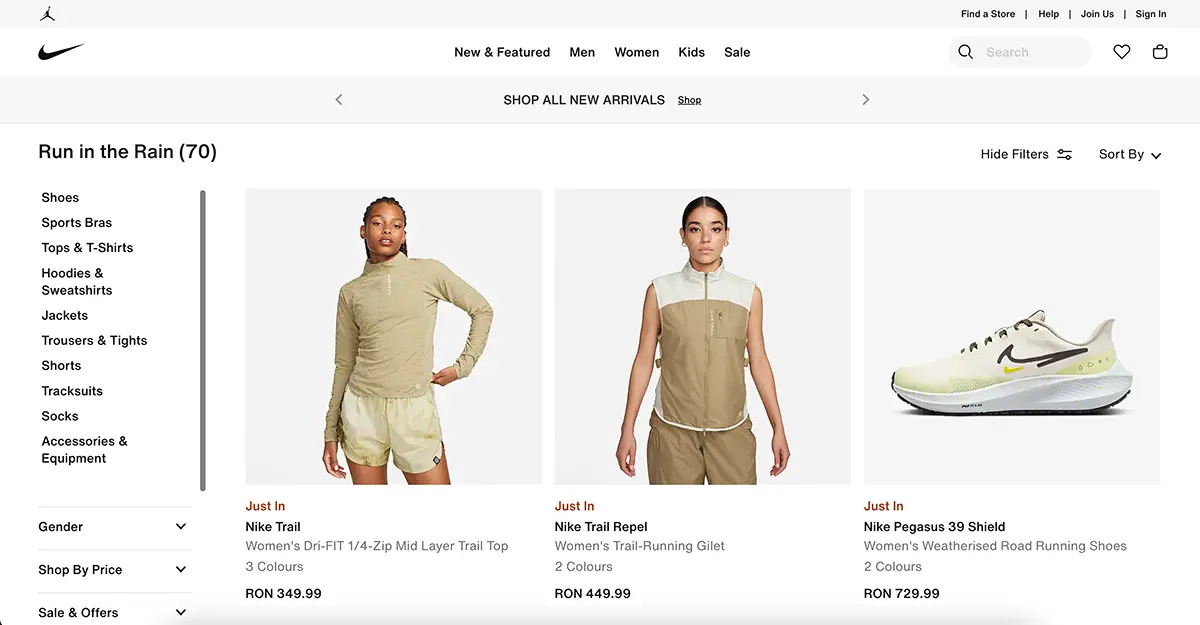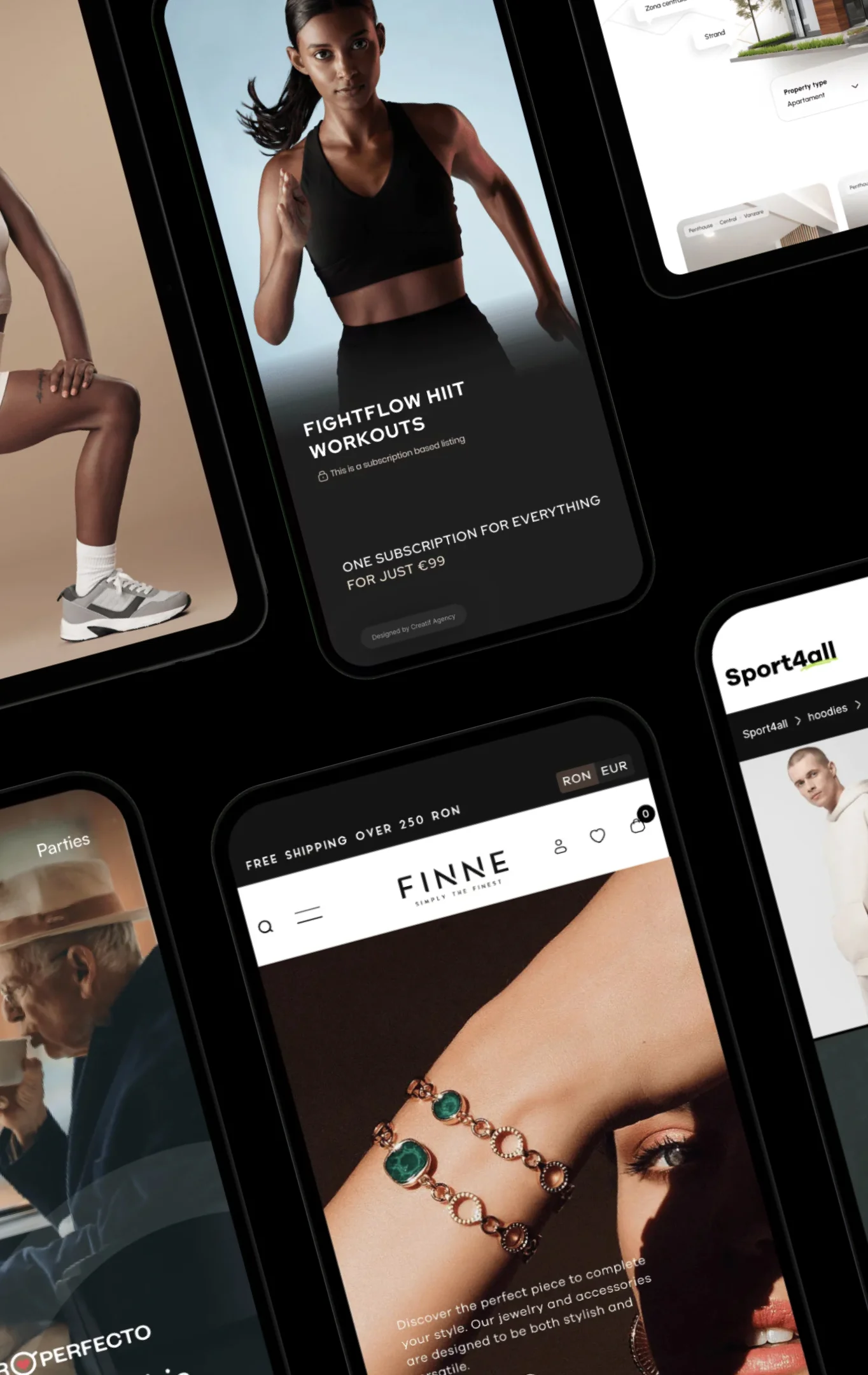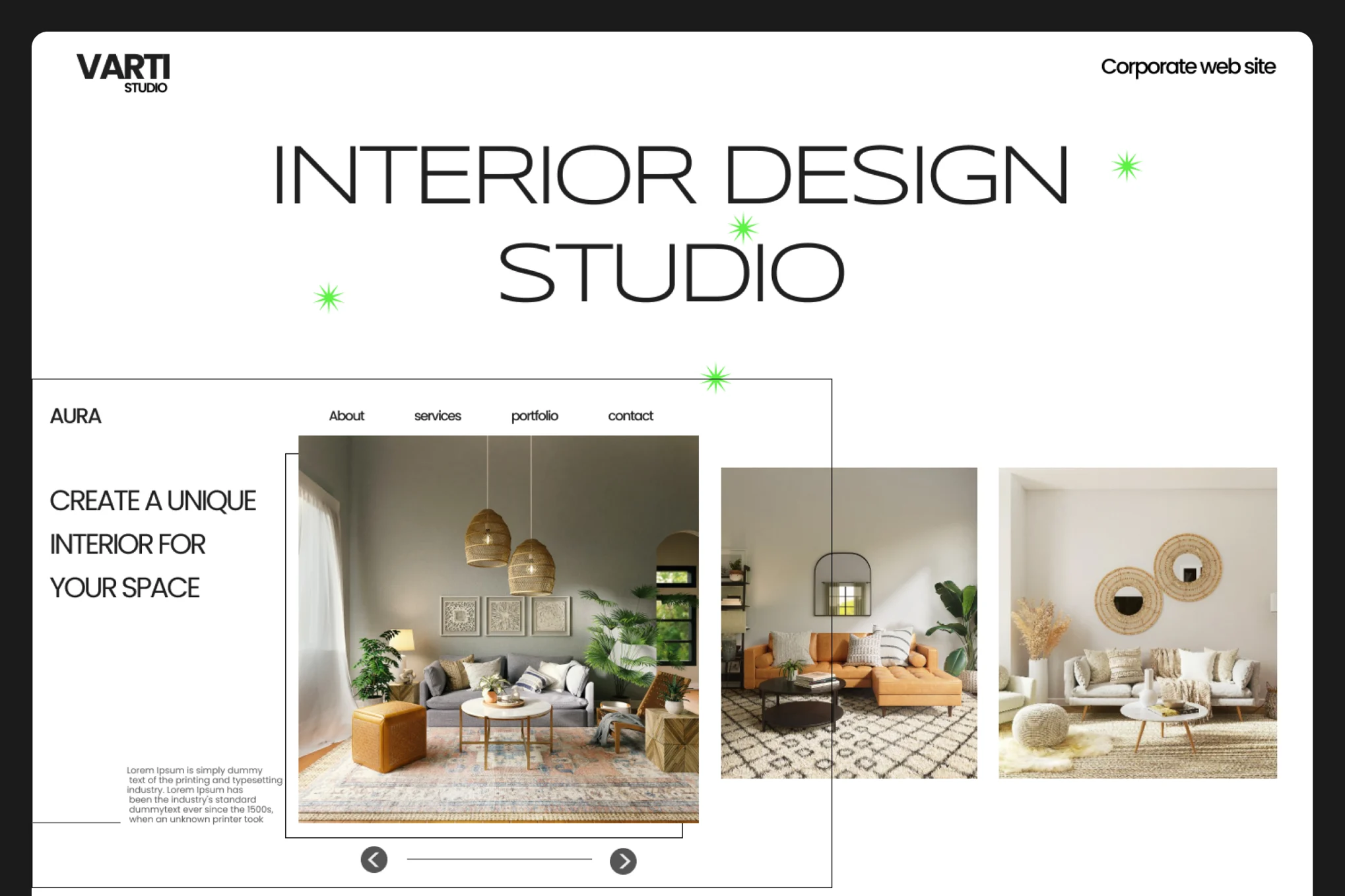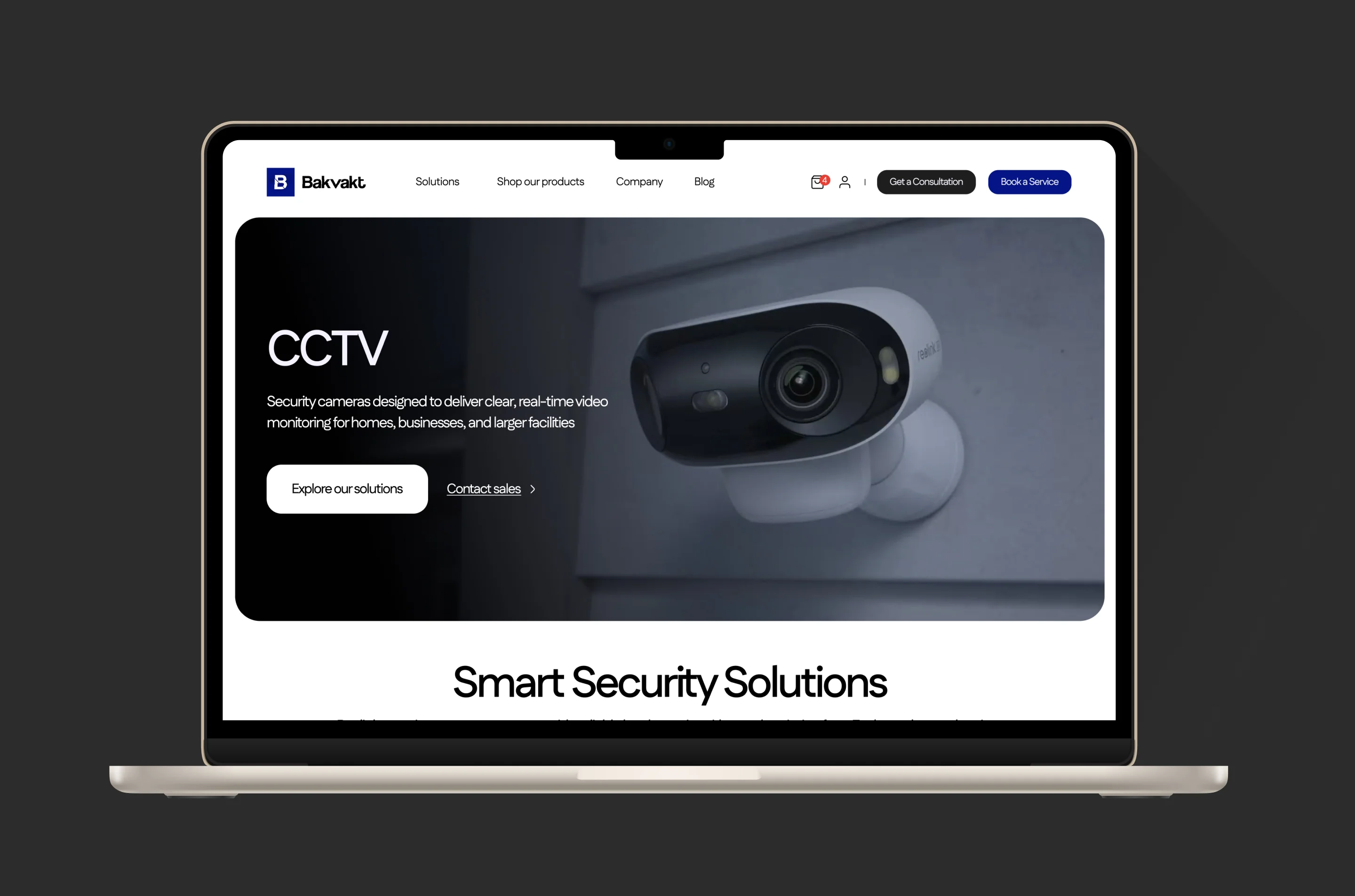Best Ecommerce Website Design and Trends in 2024 (updated)

Are you looking for the best ecommerce website designs to attract and convert more customers? Search no further! In this article, we will explore the top ecommerce website designs that not only look visually appealing but also offer a seamless shopping experience.
The Importance of a Well-Designed Ecommerce Website
A successful ecommerce website design is crucial for online businesses. It serves as the virtual storefront, representing your brand and providing a platform for customers to browse and purchase your products or services. A well-designed ecommerce website not only helps you stand out from the competition but also enhances the user experience, leading to higher conversion rates and increased sales.
To create a compelling ecommerce website design, you need to strike the right balance between aesthetics and functionality. The design should be visually appealing, reflecting your brand identity and capturing the attention of your target audience. At the same time, it should be user-friendly, with intuitive navigation and easy-to-use features that guide visitors through their shopping journey.
Key Elements of a Successful Ecommerce Website Design
There are several key elements that contribute to the success of an ecommerce website design. Let’s explore each of these elements in detail:
- Clean and Modern Layout: A clutter-free layout with ample white space creates a visually pleasing experience for visitors. It helps highlight your products and makes the website easy to navigate.
- Intuitive Navigation: Clear and intuitive navigation is essential for guiding visitors through your website. Use logical menu structures, breadcrumbs, and search bars to help users easily find what they’re looking for.
- Fast Load Times: Slow-loading websites can lead to high bounce rates. Optimize your website’s performance by minimizing file sizes, using caching techniques, and choosing a reliable hosting provider.
- Responsive Design: With the increasing number of mobile users, it’s crucial to have a responsive ecommerce website design that adapts to different devices and screen sizes. This ensures a seamless user experience across desktops, tablets, and smartphones.
- Eye-Catching Product Images and Videos: High-quality product images and videos play a vital role in enticing customers to make a purchase. Showcase your products from different angles, allow zooming, and consider incorporating product videos to provide a more immersive shopping experience.
- Compelling Call-to-Action Buttons: Well-designed call-to-action buttons, such as “Add to Cart” and “Buy Now,” encourage visitors to take the desired action. Make them prominent, use contrasting colors, and add persuasive copy to drive conversions.
- Personalized Recommendations: Utilize artificial intelligence and data analysis to provide personalized product recommendations based on customers’ browsing and purchase history. This can significantly enhance the shopping experience and increase average order value.
Examples of Top Ecommerce Website Designs
Now that we understand the key elements of a successful ecommerce website design, let’s explore some real-world examples that have nailed it:

- Sport4all: As one of the most creative and complex ecommerce platform, Sport4all sets the bar high with its user-friendly and visually appealing design. The website offers a seamless shopping experience with features like one-click ordering, personalized recommendations, and a vast remarketing tools.

- Nike: Nike’s ecommerce website design is a great example of how to combine stunning visuals with easy navigation. The website showcases products using high-quality images and videos, and the simple categorization allows users to find their desired products effortlessly.

- Farfetch: Farfetch, the best place for fashion enthusiasts, with a simple and functional design. The website incorporates very complex marketing and remarketing tools, that will convert users to clients. This personal touch adds authenticity and enhances the overall shopping experience.
How to Choose the Right Ecommerce Website Design for Your Business
Choosing the right ecommerce website design for your business requires careful consideration of your brand identity, target audience, and business goals. Here are some factors to keep in mind:
- Brand Identity: Your website design should reflect your brand’s personality, values, and aesthetics. Consistency in branding elements, such as color schemes, typography, and imagery, helps build brand recognition and trust.
- Target Audience: Understand your target audience’s preferences and behavior to design a website that resonates with them. Consider factors like age, gender, location, and interests when making design choices.
- Business Goals: Define your business goals and align them with your website design. If your goal is to increase conversions, focus on creating a design that encourages users to take action. If you want to establish your brand as a thought leader, prioritize content and educational resources.
Essential Features to Include in Your Ecommerce Website Design
To create a winning ecommerce website design, make sure to include the following essential features:
- Product Filters: Allow users to filter products based on various attributes like price, size, color, and more. This helps them narrow down their options and find what they’re looking for quickly.
- User Reviews and Ratings: Incorporate user-generated reviews and ratings to build trust and credibility. Positive reviews can influence purchasing decisions and boost sales.
- Easy Checkout Process: Simplify the checkout process by minimizing the number of steps and eliminating unnecessary form fields. Offer guest checkout options and provide multiple payment methods to increase conversion rates.
- Secure Payment Gateways: Prioritize the security of your customers’ payment information by integrating trusted and secure payment gateways. Display trust seals and SSL certificates to assure users that their data is safe.
- Order Tracking: Provide a robust order tracking system that allows customers to monitor the progress of their shipments. Real-time updates and notifications keep customers informed and enhance their post-purchase experience.
Tips for Optimizing Your Ecommerce Website Design for Search Engines
Having a visually appealing ecommerce website design is not enough—you also need to optimize it for search engines to drive organic traffic. Here are some tips to improve your website’s search engine optimization (SEO):
- Keyword Research: Identify relevant keywords that your target audience is searching for. Incorporate these keywords naturally into your website’s content, meta tags, and URLs.
- Optimized Product Descriptions: Write unique and compelling product descriptions that not only appeal to customers but also include relevant keywords. Use headings, bullet points, and structured data to enhance readability and search engine visibility.
- Image Optimization: Optimize your product images by compressing them without compromising quality. Use descriptive alt tags and file names to help search engines understand what the images represent.
- Structured Data Markup: Implement structured data markup to provide search engines with additional information about your products, such as price, availability, and reviews. This can improve your visibility in search engine results.
- Mobile-Friendly Design: As mentioned earlier, having a mobile-friendly design is essential for SEO. Google prioritizes mobile-friendly websites in its search results, so ensure your website meets their mobile usability standards.
User experience (UX) plays a crucial role in the success of an ecommerce website. A positive UX can lead to higher conversions and increased customer loyalty. Here are some tips to enhance the user experience on your ecommerce website:
- Simplified Registration and Login: Make the registration and login process as simple as possible. Offer social login options and allow users to save their information for future purchases.
- Clear Product Information: Provide detailed and accurate product information, including specifications, size charts, and customer reviews. This helps users make informed purchasing decisions.
- Streamlined Shopping Cart: Simplify the shopping cart experience by displaying clear pricing, shipping options, and the ability to edit or remove items. Offer upsell and cross-sell suggestions to increase average order value.
- One-Page Checkout: Consider implementing a one-page checkout process that eliminates unnecessary steps and reduces friction. Allow users to review their order, enter shipping details, and make payment on a single page.
Ecommerce Website Design Trends to Watch Out For
The field of ecommerce website design is constantly evolving, and staying up to date with the latest trends can give you a competitive edge. Here are some ecommerce website design trends to watch out for:
- Microinteractions: Microinteractions are subtle animations and feedback that provide users with visual cues and enhance the overall user experience. Incorporate microinteractions in elements like buttons, menus, and form fields.
- Minimalist Design: Simplified and minimalistic designs are gaining popularity in ecommerce website design. Clean layouts with ample white space and minimal distractions allow products to take center stage.
- Augmented Reality (AR): AR technology allows users to visualize products in their real environment before making a purchase. Implement AR features that enable customers to try on clothes virtually or see how furniture looks in their homes.
- Voice Search Optimization: With the rise of voice assistants like Siri and Alexa, optimizing your website for voice search is becoming increasingly important. Use natural language in your content and optimize for long-tail keywords.
Don’t miss out our last case study on Sport4all, a high performing Ecommerce website. Click to check it out.
Conclusion: Creating a Selling Ecommerce Website Design
In conclusion, a well-designed ecommerce website is essential for attracting and converting customers. By focusing on key elements such as layout, navigation, responsive design, and personalized recommendations, you can create a visually appealing and user-friendly website that drives conversions and boosts sales.
Remember to choose a design that aligns with your brand identity and target audience, and incorporate essential features like product filters, user reviews, and easy checkout processes. Optimize your website for mobile devices, search engines, and a seamless user experience.
Interested to create a top selling Ecommerce website design? Creatif Agency is the go to ecommerce web design company that can match your expectations.










